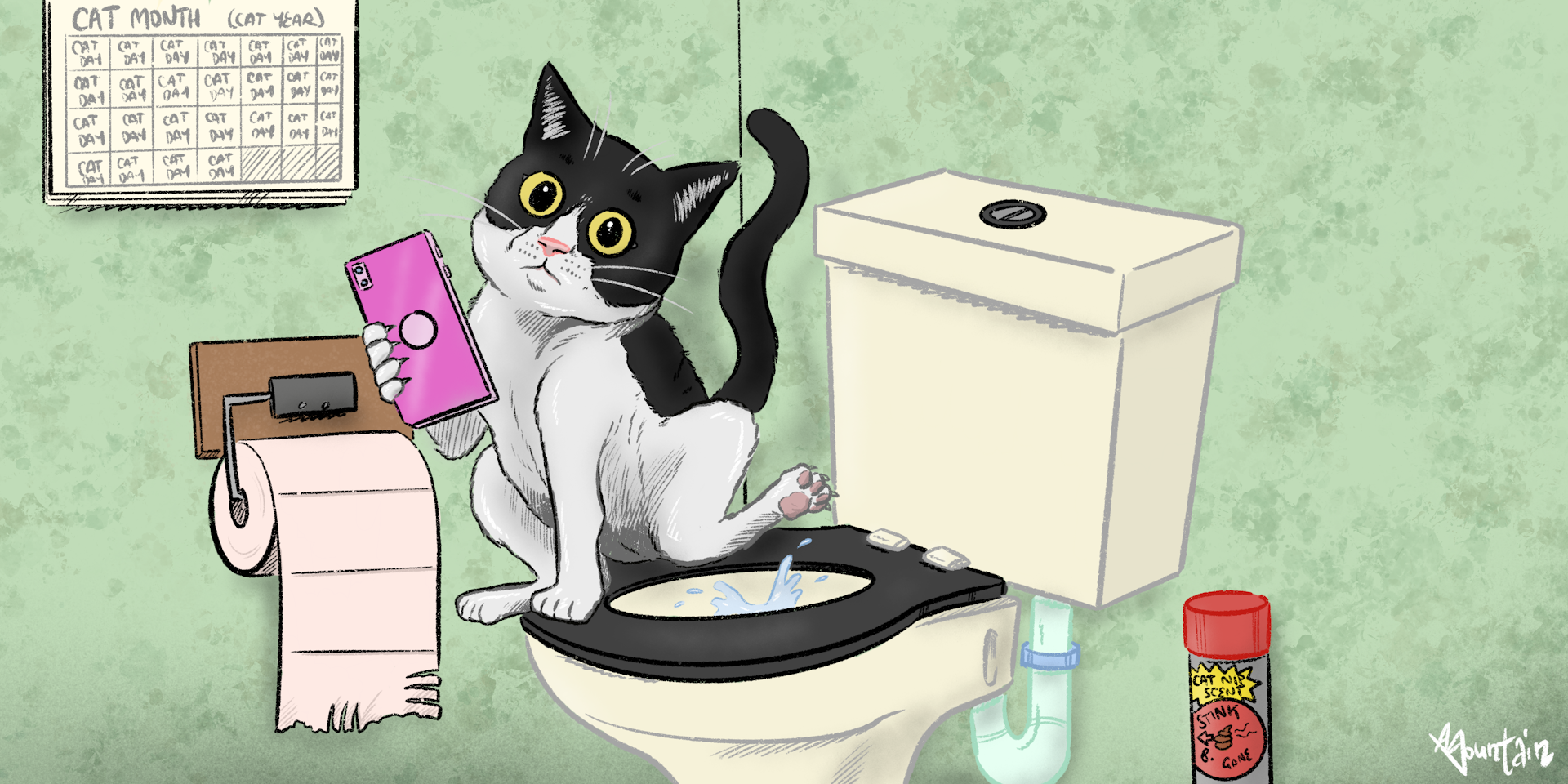Have you been interested in facts and techniques How to Dispose of Cat Poop and Litter Without Plastic Bags?

Introduction
As feline proprietors, it's necessary to bear in mind exactly how we throw away our feline good friends' waste. While it may appear practical to flush cat poop down the toilet, this technique can have destructive effects for both the setting and human wellness.
Alternatives to Flushing
The good news is, there are more secure and a lot more accountable means to take care of pet cat poop. Think about the adhering to choices:
1. Scoop and Dispose in Trash
One of the most common method of dealing with feline poop is to scoop it into an eco-friendly bag and toss it in the garbage. Be sure to utilize a devoted trash scoop and throw away the waste promptly.
2. Usage Biodegradable Litter
Go with naturally degradable cat litter made from products such as corn or wheat. These trashes are environmentally friendly and can be securely dealt with in the trash.
3. Hide in the Yard
If you have a yard, take into consideration burying cat waste in a marked area away from vegetable yards and water resources. Be sure to dig deep adequate to avoid contamination of groundwater.
4. Mount a Pet Waste Disposal System
Invest in a pet dog garbage disposal system specifically developed for pet cat waste. These systems make use of enzymes to break down the waste, minimizing smell and environmental effect.
Health Risks
Along with environmental problems, purging cat waste can also posture health and wellness risks to people. Cat feces might have Toxoplasma gondii, a bloodsucker that can cause toxoplasmosis-- a possibly severe disease, especially for pregnant females and individuals with damaged body immune systems.
Environmental Impact
Flushing pet cat poop introduces harmful virus and bloodsuckers into the supply of water, posing a substantial threat to marine ecological communities. These impurities can negatively affect aquatic life and compromise water top quality.
Conclusion
Liable pet possession extends past supplying food and shelter-- it likewise entails proper waste monitoring. By avoiding purging feline poop down the toilet and choosing alternative disposal methods, we can decrease our environmental footprint and protect human health.
Why Can’t I Flush Cat Poop?
It Spreads a Parasite
Cats are frequently infected with a parasite called toxoplasma gondii. The parasite causes an infection called toxoplasmosis. It is usually harmless to cats. The parasite only uses cat poop as a host for its eggs. Otherwise, the cat’s immune system usually keeps the infection at low enough levels to maintain its own health. But it does not stop the develop of eggs. These eggs are tiny and surprisingly tough. They may survive for a year before they begin to grow. But that’s the problem.
Our wastewater system is not designed to deal with toxoplasmosis eggs. Instead, most eggs will flush from your toilet into sewers and wastewater management plants. After the sewage is treated for many other harmful things in it, it is typically released into local rivers, lakes, or oceans. Here, the toxoplasmosis eggs can find new hosts, including starfish, crabs, otters, and many other wildlife. For many, this is a significant risk to their health. Toxoplasmosis can also end up infecting water sources that are important for agriculture, which means our deer, pigs, and sheep can get infected too.
Is There Risk to Humans?
There can be a risk to human life from flushing cat poop down the toilet. If you do so, the parasites from your cat’s poop can end up in shellfish, game animals, or livestock. If this meat is then served raw or undercooked, the people who eat it can get sick.
In fact, according to the CDC, 40 million people in the United States are infected with toxoplasma gondii. They get it from exposure to infected seafood, or from some kind of cat poop contamination, like drinking from a stream that is contaminated or touching anything that has come into contact with cat poop. That includes just cleaning a cat litter box.
Most people who get infected with these parasites will not develop any symptoms. However, for pregnant women or for those with compromised immune systems, the parasite can cause severe health problems.
How to Handle Cat Poop
The best way to handle cat poop is actually to clean the box more often. The eggs that the parasite sheds will not become active until one to five days after the cat poops. That means that if you clean daily, you’re much less likely to come into direct contact with infectious eggs.
That said, always dispose of cat poop in the garbage and not down the toilet. Wash your hands before and after you clean the litter box, and bring the bag of poop right outside to your garbage bins.
https://trenchlesssolutionsusa.com/why-cant-i-flush-cat-poop/

Do you appreciate reading about How to Dispose of Cat Poop and Litter Without Plastic Bags? Make a short review further down. We'd be glad to find out your ideas about this piece. We hope that you visit us again before long. Are you aware of another person who is curious about the topic? Feel free to promote it. Thank you for your time. Come back soon.
Get Quote Now